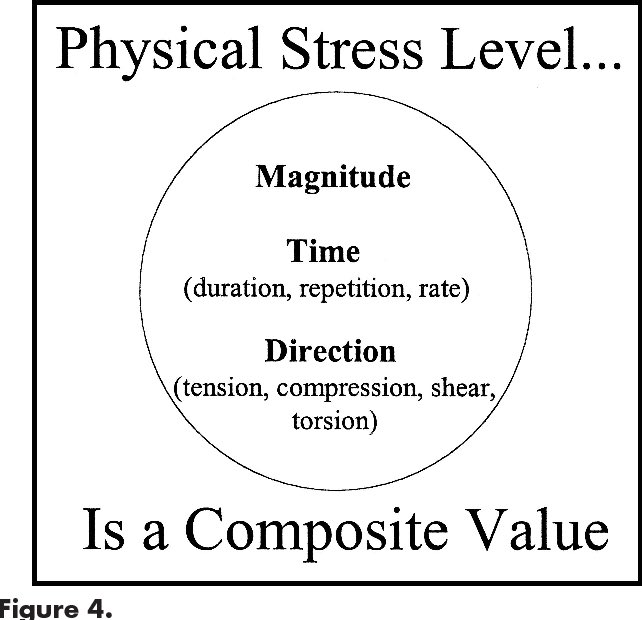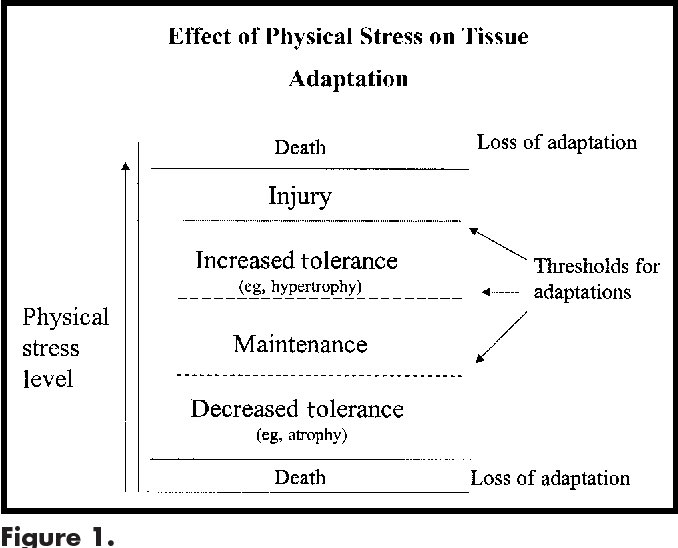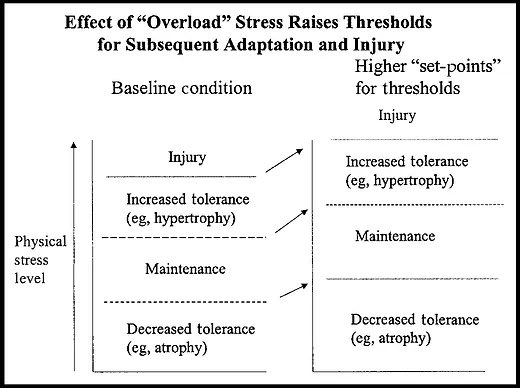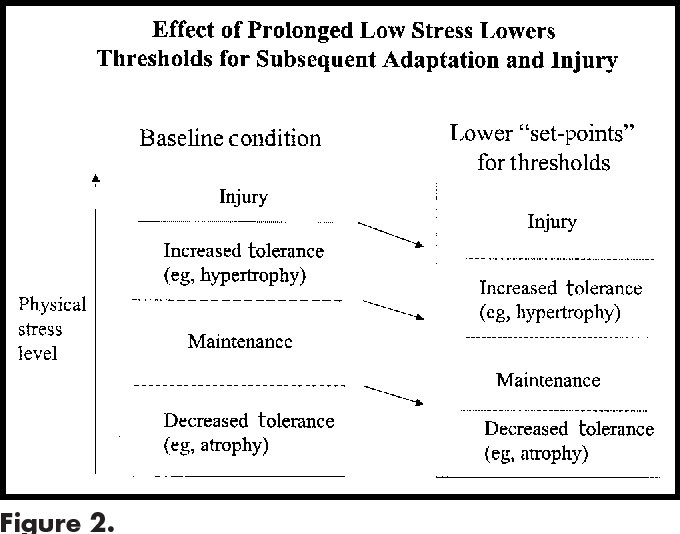When it comes to training, we need to understand that everything we choose to do induces compounding stresses to the athlete (musculoskeletal, neuromuscular, cardiopulmonary, etc.). No matter what the stimulus is.
Because of this, it’s important to understand the Physical Stress Theory (PST) as it applies to training. Training stress contributes to 1 of 3 outcomes:
1. Adaptation
2. Maintenance
3. Maladaptation
Knowing each threshold is pivotal to prescribing appropriate training loads.
1. Adaptation
2. Maintenance
3. Maladaptation
Knowing each threshold is pivotal to prescribing appropriate training loads.
As athletes are exposed to training stimuli, the tissues will adapt according to the stimulus.
Progressively loading the training stimulus will ensure adaptation continues, as long as the dosage is safe.
Too much can lead to injury & too little decreases training tolerance.
Progressively loading the training stimulus will ensure adaptation continues, as long as the dosage is safe.
Too much can lead to injury & too little decreases training tolerance.
The premise of minimal effective dose (MED) as it applies to PST is great, but misunderstood.
MED is a moving target. As the body adapts, the stimulus must be graded to stay in the goal posts.
Training programs that never change yields diminishing returns & eventual regression.
MED is a moving target. As the body adapts, the stimulus must be graded to stay in the goal posts.
Training programs that never change yields diminishing returns & eventual regression.
Under stimulating can be just as detrimental as over stimulating.
Be sure you’re grading your exposures safely & appropriately to keep your athletes growing.
If you’ve noticed plateaus/regressions, look to make sure your workouts haven’t looked too similar for too long.
Be sure you’re grading your exposures safely & appropriately to keep your athletes growing.
If you’ve noticed plateaus/regressions, look to make sure your workouts haven’t looked too similar for too long.
We as coaches are always pursuing the minimal effective dose in training so as not to burn our athletes out.
If we overdo the “minimal” component without regards to the “effective” component, too low a dose may also contribute to burnout and underperforming.
An ongoing journey.
If we overdo the “minimal” component without regards to the “effective” component, too low a dose may also contribute to burnout and underperforming.
An ongoing journey.

 Read on Twitter
Read on Twitter





